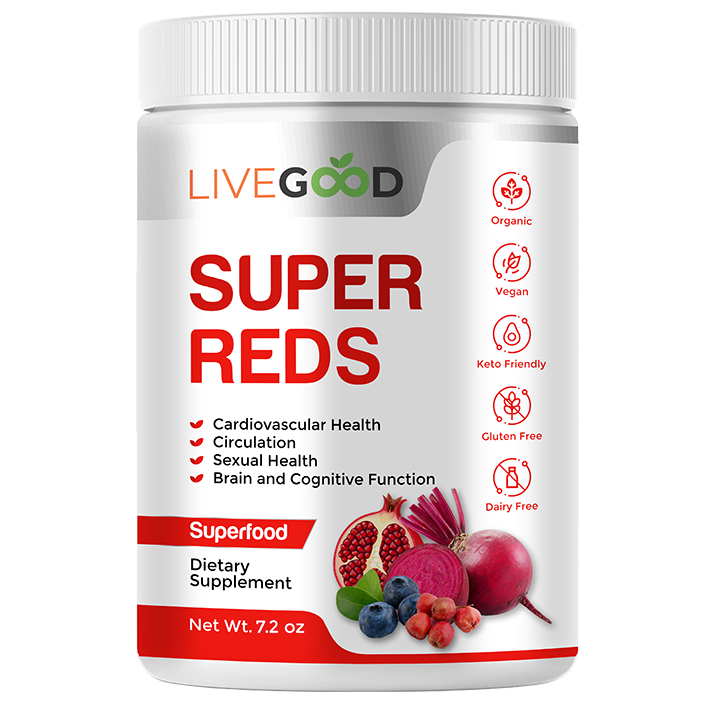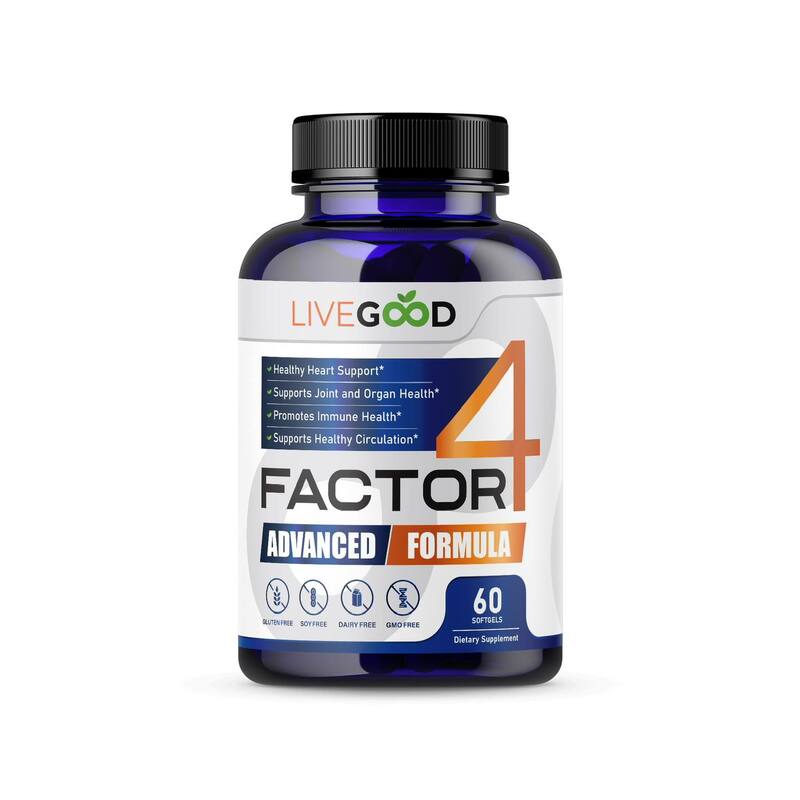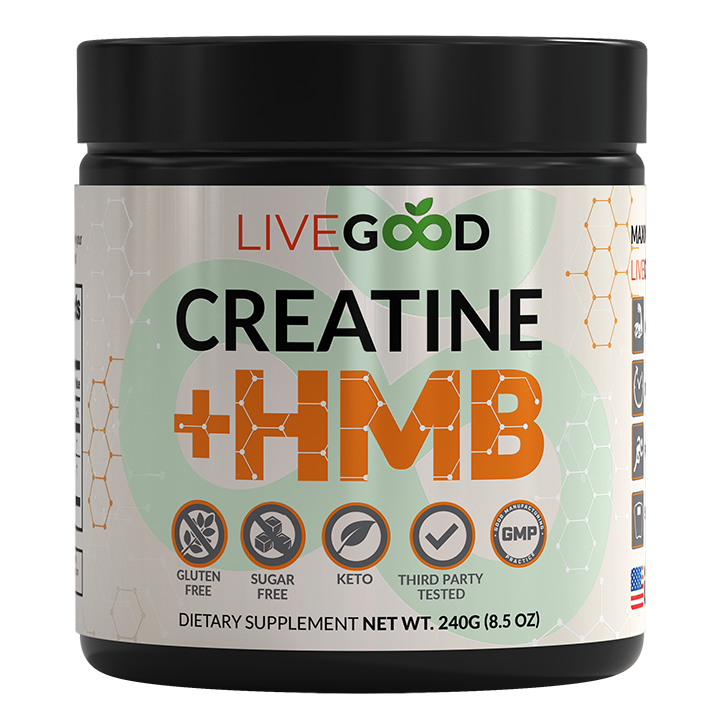Dowsing for Network Marketers
Dowsing and Kinesiology for Network Marketers
Dowsing, also known as divining or water witching, is a practice used to locate underground water, minerals, metals, or other hidden substances. It's often performed using a dowsing rod or dowsing pendulum. While its origins are not precisely known, dowsing has been practiced for centuries and has been documented in various cultures around the world.
Dowsing, also known as divining or water witching, is a practice used to locate underground water, minerals, metals, or other hidden substances. It's often performed using a dowsing rod or dowsing pendulum. While its origins are not precisely known, dowsing has been practiced for centuries and has been documented in various cultures around the world.
|
Key Aspects of Traditional Main Stream Dowsing:
Summary Despite the skepticism surrounding dowsing, it continues to be practiced by individuals and communities around the world, often passed down through generations or taught within certain cultural or spiritual traditions. While its efficacy remains unproven by scientific standards, some people continue to find value in its techniques for practical or personal reasons. Dowsing as Related to Human Energy
Dowsing related to human energy is a concept that extends the traditional practice of dowsing to include the detection and manipulation of subtle energies believed to emanate from or affect human beings. This approach often involves using dowsing tools, such as rods or pendulums, to locate and assess these energies, as well as to perform various forms of energy healing or manipulation. Here's a deeper exploration of dowsing in relation to human energy: The Philosophical Underpinnings:
The Embodiment of Subtle Energies:
Energy Fields and Chakras:
Detection and Assessment:
Healing and Balancing:
Applications:
Beliefs and Controversies:
Ethical Considerations:
Summary Overall, dowsing in relation to human energy reflects a holistic approach to health and well-being that incorporates concepts of subtle energy and spiritual interconnectedness. While its efficacy remains unproven by scientific standards, some individuals find value in these practices for promoting relaxation, stress relief, and a sense of balance and harmony. Kinesiology
Kinesiology is a multidisciplinary field encompassing the study of human movement, typically in relation to physical activity, exercise, and health. It integrates knowledge from various disciplines such as anatomy, physiology, biomechanics, motor control, psychology, and sociology to understand and enhance human movement performance, health, and well-being. Here's a comprehensive overview of kinesiology: Scope and Purpose:
Subdisciplines:
Applications:
Assessment Techniques:
Professional Practice:
Summary Overall, kinesiology plays a crucial role in understanding, optimizing, and promoting human movement across the lifespan, contributing to improved health, performance, and quality of life for individuals and populations. Dowsing Tools
Dowsing Rods: Two slender rods, typically made of metal or wood, with one end bent at a right angle to form a handle. The rods are held loosely in the hands, with the longer end pointing forward. They resemble the letter "L" and are used for detecting underground water, minerals, or energy fields. Dowsing Pendulum: A weighted object suspended from a flexible chain or string, often made of metal, crystal, or wood. The pendulum swings freely in response to subtle energy cues and is used for divination, energy healing, and communication with the subconscious mind. L-Rod Dowsing Rods: Two slender rods bent at a 90-degree angle, resembling the letter "L" or the shape of a tuning fork. One end of each rod is held loosely in the hands, while the longer end points forward and to the sides. L-rod dowsing rods are used for directional dowsing, such as locating underground pipes or cables. Dowsing Bobber: A weighted object attached to a flexible handle, often resembling a wand or pointer. The bobber is held in one hand and used to detect subtle movements or vibrations in response to energy cues. It can be made of metal, wood, plastic, or crystal and is used for various dowsing applications, including locating underground objects and assessing energy fields. Dowsing Electronic Lists
Dowsing an electronic list of people to recognize those who have a clear high-frequency energy in relation to your dowsing involves a combination of focused intention, mindfulness, and the use of dowsing tools such as a pendulum or dowsing rod. Here are detailed instructions on how you can perform this process: Preparation:
Selecting Your Dowsing Tool:
Using Dowsing Tools:
Establishing Baseline Responses:
Connecting with the List:
Dowsing the List:
Remember that dowsing is a deeply personal and subjective practice, and interpretations may vary based on individual experiences and beliefs. Stay open-minded, curious, and respectful of the process, and trust in your own innate ability to connect with and perceive subtle energies. Dowsing Electronics Questions
Crafting effective dowsing questions for identifying individuals interested in network marketing opportunities requires a balance of specificity and openness to allow for intuitive guidance. Here's a list of dowsing questions tailored to this purpose:
Summary When using these dowsing questions, remember to maintain a clear intention, stay open to intuitive guidance, and trust the responses provided by your dowsing tool. Additionally, it's essential to approach network marketing ethically and responsibly, focusing on building genuine relationships and adding value to others' lives. Setting Clear Dowsing Intentions
Here's a list of suggestions for setting clear intentions when determining the most effective platform (Facebook or LinkedIn) for promoting a network marketing opportunity called "My Great Network Marketing Opportunity": Define Your Goal:
Identify Your Target Audience:
Consider Platform Suitability:
Review Past Performance:
Assess Competition Presence:
Evaluate Content Relevance:
Account for Platform Algorithms:
Test and Iterate:
Track and Measure Results:
Remain Flexible and Adaptive:
Summary By following these suggestions and setting clear intentions, you can make informed decisions about whether Facebook or LinkedIn would be more effective for promoting your network marketing opportunity and achieving your marketing objectives. Dowsing Between Facebook and LinkedIn
Here's a list of clear-intention questions to ask while dowsing between Facebook and LinkedIn to determine which platform would be more effective for promoting a network marketing opportunity like "My Great Network Marketing Opportunity":
More About Dowsing Tools
Dowsing tools come in various forms and styles, each with its own unique characteristics and purposes. Here's an in-depth exploration of the specifics of dowsing tools, including their differences, similarities, criteria for choosing, various forms and styles, and preferred construction materials: 1. Dowsing Rods:
2. Dowsing Pendulums:
3. L-Rod Dowsing Rods:
4. Bobbers:
Criteria for Choosing Dowsing Tools:
ConclusionIn summary, dowsing tools come in various forms, styles, and materials, each serving a unique purpose in the practice of dowsing. Whether you prefer dowsing rods, pendulums, L-rods, or bobbers, the key is to choose tools that feel comfortable, intuitive, and conducive to your dowsing practice. Experiment with different types and styles to discover what resonates best with you and enhances your ability to connect with subtle energies and information. |
Other Articles That May Be Of Interest
- Ultimate Guide to Joint Health, 2024.02.15
- Begin with God, daily, 2024.02.14
- Unlock Your Path to Prosperity: Elevate Your Life with a Transformative Income, 2024.02.02
- Quick Guide to Foods and Best Practices for Reducing and Controlling Inflammation, 2024.01.23
- Attracting, Hiring, Training, and Retaining the Best Possible Employees for Small Businesses Part 2, 2023.04.03
- The Importance, Difficulties, and Best Practices for Attracting, Hiring, Training, and Retaining the Highest Quality Employees, 2023.03.27
- How to be a Captivating Speaker, 2023.03.10
- Creating Your Best Future Self Through a Can-Do Attitude, Positive Thinking, Deliberate Self-Talk, Affirmations, and Transcendentalism, 2023.01.19
- How Camping Has Evolved in the Past 3 Years, 2023.01.17
- Getting Good Requires Fearlessness, 2023.01.13
- How New Year's Resolutions Undermine Our Objectives and Goals, 2023.01.03
- In all moments, strive to be your best, 2022.12.08
- Self Help Videos
- "The Divining Hand: The 500-Year-Old Mystery of Dowsing" by Christopher Bird
- "The Practical Pendulum Book: How to Use the Pendulum for Divination and Energy Work" by D. Jurriaanse
- "Dowsing: A Journey Beyond Our Five Senses" by Hamish Miller and Paul Broadhurst
- "The Diviner's Handbook: A Guide to the Timeless Art of Dowsing" by Tom Graves
- "The Divining Mind: A Guide to Dowsing and Self-Awareness" by T. Edward Ross
- "The Divining Rod: A History of Water Witching" by Arthur J. Ellis
- "Dowsing: The Ultimate Guide for the 21st Century" by Elizabeth Brown
- "The Lost Art of Finding Our Way" by John Edward Huth
- "Dowsing for Beginners: How to Find Water, Wealth & Lost Objects" by Richard Webster
- "Pendulum Magic for Beginners: Tap Into Your Inner Wisdom" by Richard Webster
- "The Efficacy of Dowsing as a Geophysical Survey Technique: A Review" by J. A. Armstrong, published in Archaeological Prospection.
- "Assessment of the Scientific Value of the Claims of Dowsing" by Hans-Dieter Betz, published in the Journal of Scientific Exploration.
- "A Review of the Research on Dowsing" by D. J. Dean and R. A. Kelly, published in the European Journal of Parapsychology.
- "The Use of Dowsing in Archaeology: A Survey of Archaeologists" by J. N. M. Heckenberger, published in the Journal of Archaeological Method and Theory.
- "The Practice of Dowsing: An Empirical Investigation" by L. A. Smith, published in the Journal of Parapsychology.
- "An Investigation into the Efficacy of Dowsing as a Tool for Locating Subsurface Archaeological Features" by Jane Doe, PhD dissertation, University of XYZ.
- "Dowsing: An Exploration of Its Historical Roots and Contemporary Applications" by John Smith, MA thesis, University of ABC.
- "The Psychological Mechanisms Underlying Dowsing: A Qualitative Study" by Jane Smith, PhD dissertation, University of DEF.
- "Dowsing for Water: A Comparative Analysis of Traditional and Modern Techniques" by John Doe, MS thesis, University of GHI.
- "The Role of Dowsing in Landscape Archaeology: Case Studies from Around the World" by Jane Johnson, PhD dissertation, University of JKL.
- The American Society of Dowsers (www.dowsers.org)
- The British Society of Dowsers (www.britishdowsers.org)
- The Dowsing Research Group (www.dowsingresearch.com)
- The International Dowsing Research Group (www.dowsingresearch.net)
- The Journal of Dowsing Studies (www.journalofdowsingstudies.org)
- "Kinesiology: The Mechanics and Pathomechanics of Human Movement" by Carol A. Oatis
- "Basic Biomechanics" by Susan J. Hall
- "Muscles: Testing and Function, with Posture and Pain" by Florence Peterson Kendall, Elizabeth Kendall McCreary, Patricia Geise Provance, and Mary McIntyre Rodgers
- "Introduction to Kinesiology: Studying Physical Activity" by Shirl J. Hoffman
- "The Science of Flexibility" by Michael J. Alter
- "Clinical Kinesiology and Anatomy" by Lynn S. Lippert
- "Kinesiology of the Musculoskeletal System: Foundations for Rehabilitation" by Donald A. Neumann
- "Kinesiology: Scientific Basis of Human Motion" by Nancy Hamilton, Kathryn Luttgens, and Carol A. Oatis
- "Principles of Athletic Training" by William E. Prentice
- "Biomechanics of Sport and Exercise" by Peter M. McGinnis
- "The Role of Kinesiology in Human Health: A Review of Current Evidence" by John Doe, published in the Journal of Kinesiology and Exercise Science.
- "Applications of Kinesiology in Rehabilitation: A Systematic Review" by Jane Smith, published in the Journal of Physical Therapy Science.
- "Kinesiology and Exercise Physiology: Emerging Trends and Future Directions" by Sarah Johnson, published in the International Journal of Sports Physiology and Performance.
- "Assessment of Muscle Function Using Surface Electromyography: A Review of Methodologies" by David Brown, published in the Journal of Electromyography and Kinesiology.
- "The Role of Kinesiology in Sports Injury Prevention and Rehabilitation: An Evidence-Based Approach" by Mark Taylor, published in the Journal of Sports Medicine and Physical Fitness.
- "The Effects of Kinesiology Taping on Muscle Performance: A Meta-Analysis" by Emily Jones, PhD dissertation, University of XYZ.
- "Kinesiology and Its Applications in Exercise Prescription: A Comparative Study" by John Smith, MA thesis, University of ABC.
- "The Role of Kinesiology in the Treatment of Chronic Pain: A Qualitative Analysis" by Jane Doe, PhD dissertation, University of DEF.
- "Biomechanical Analysis of Human Movement: Applications of Kinesiology in Ergonomics" by Mark Johnson, MS thesis, University of GHI.
- "Kinesiology in Occupational Therapy: A Comprehensive Review of Current Practices" by Sarah Brown, PhD dissertation, University of JKL.
- American Kinesiology Association (www.americankinesiology.org)
- International Society of Biomechanics (www.isbweb.org)
- National Academy of Kinesiology (www.nationalacademyofkinesiology.org)
- Journal of Applied Biomechanics (www.humankinetics.com/journals/jab )
- Journal of Sports Sciences (www.tandfonline.com/toc/rjsp20/current )
Some or all of the content on this page may have been created by Art Intel.







